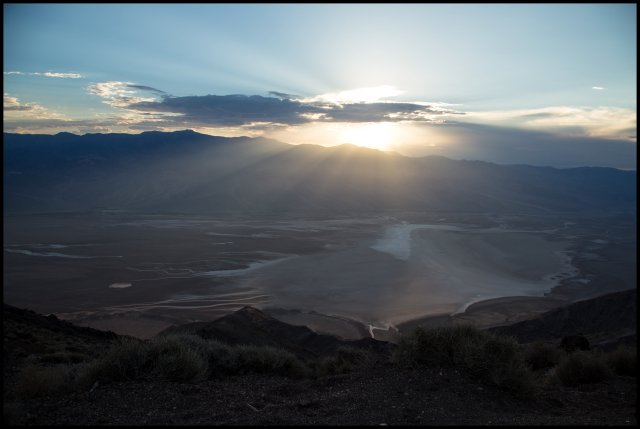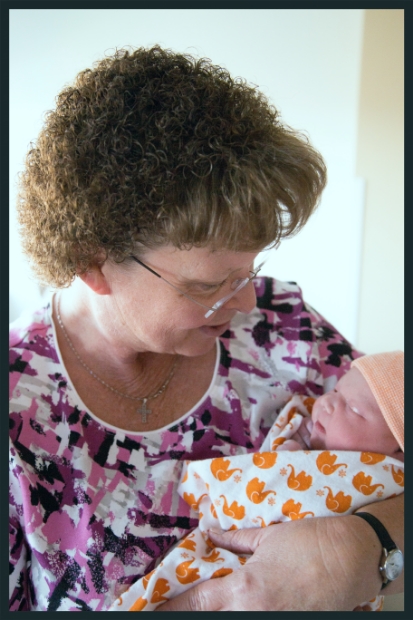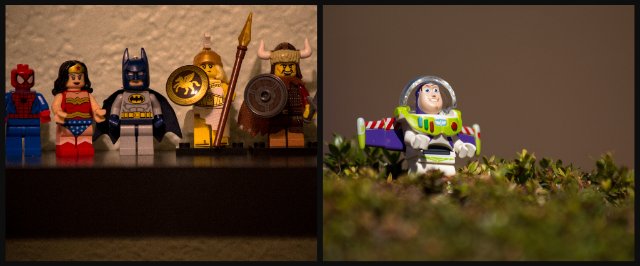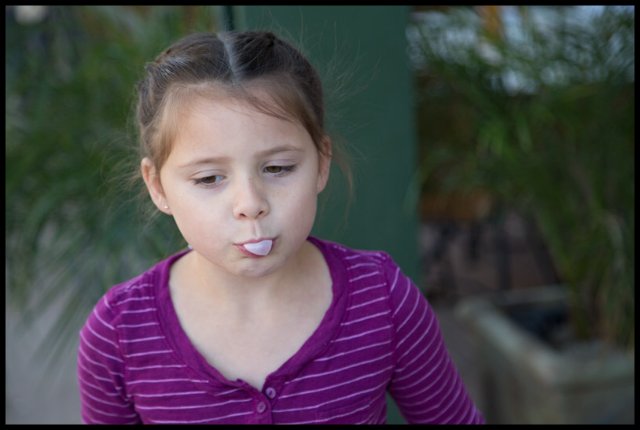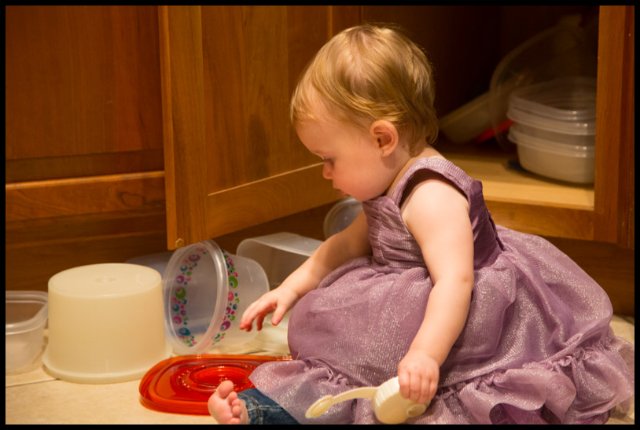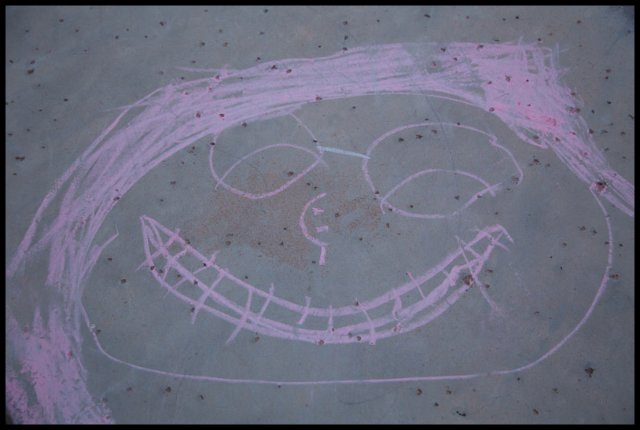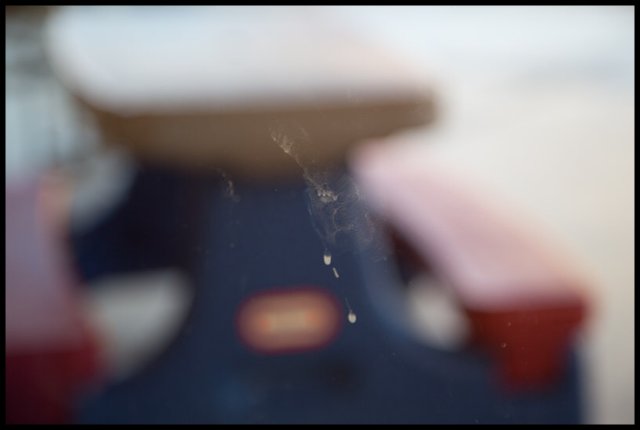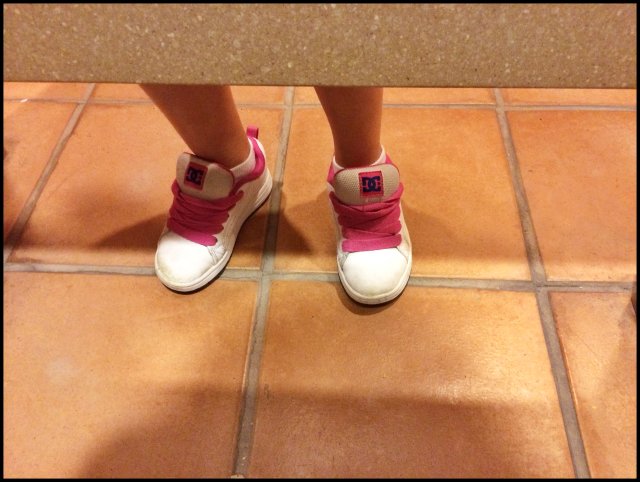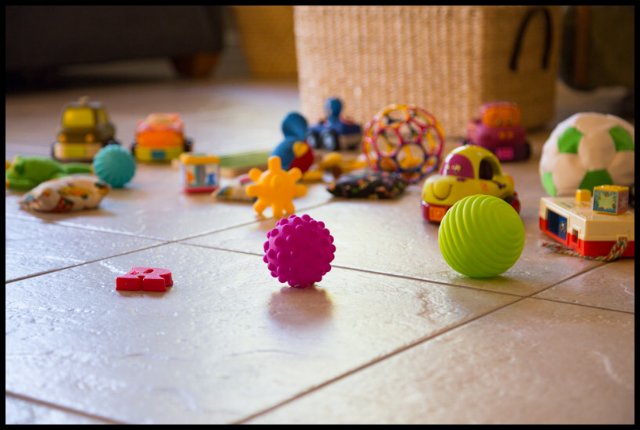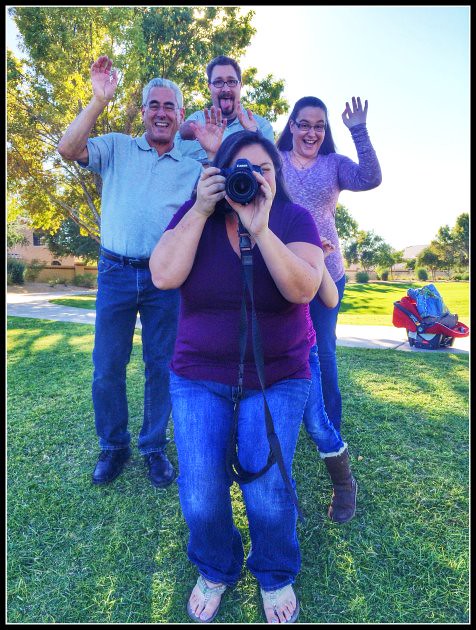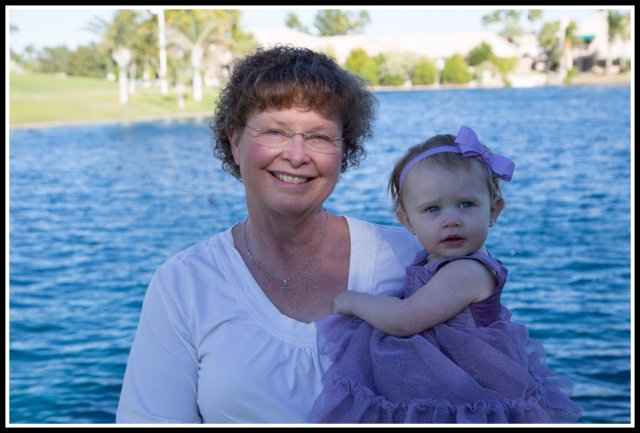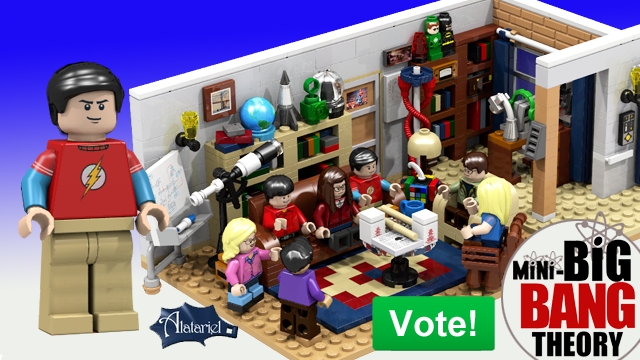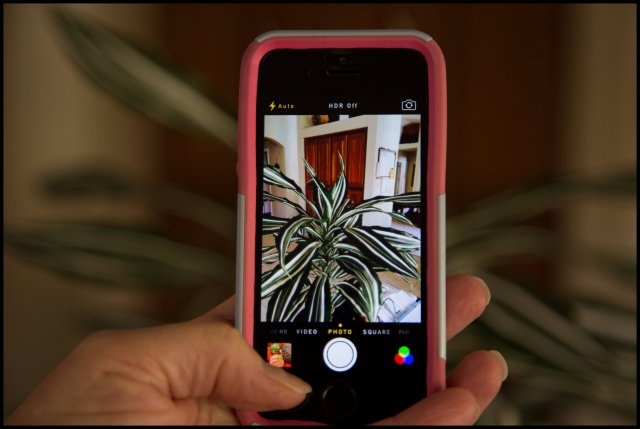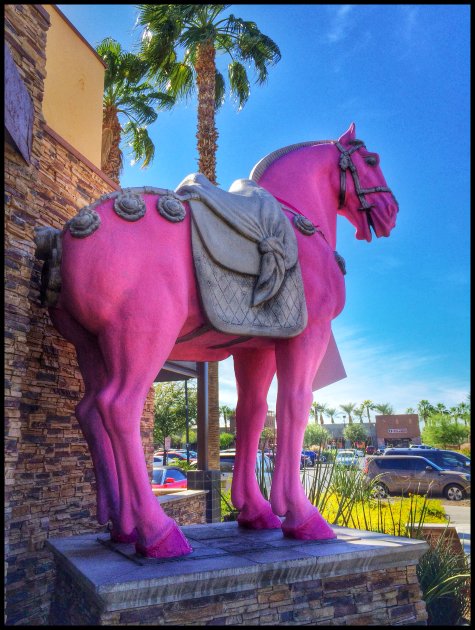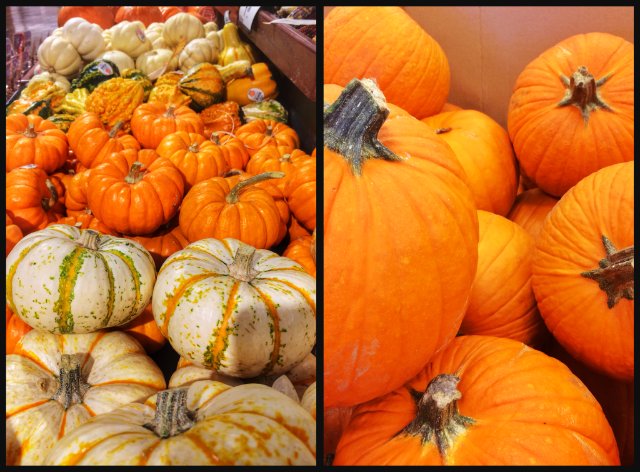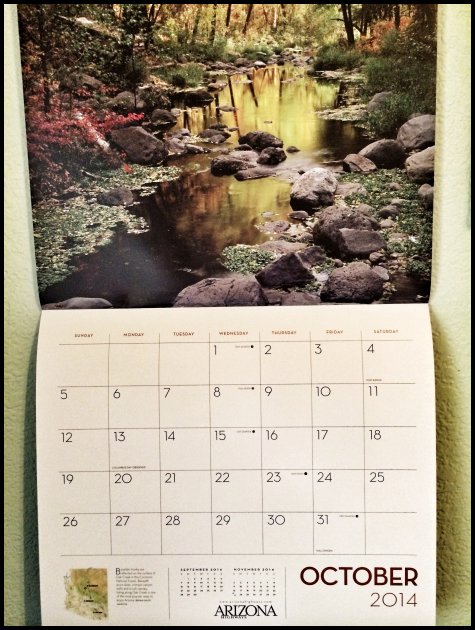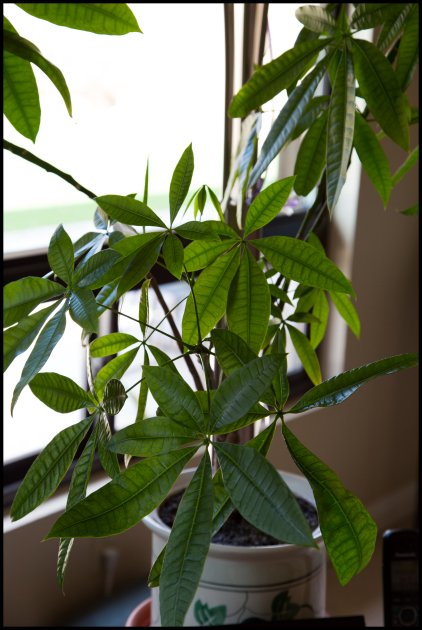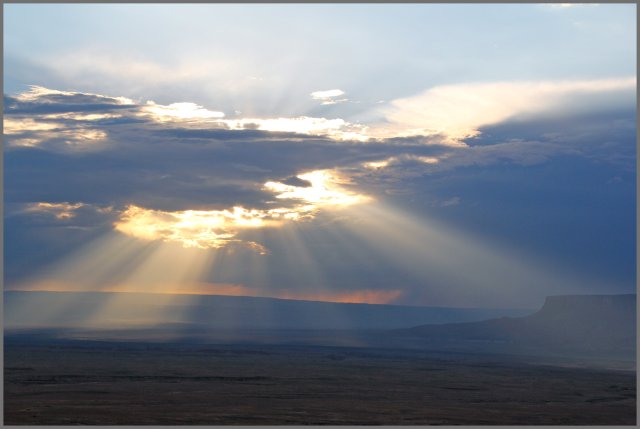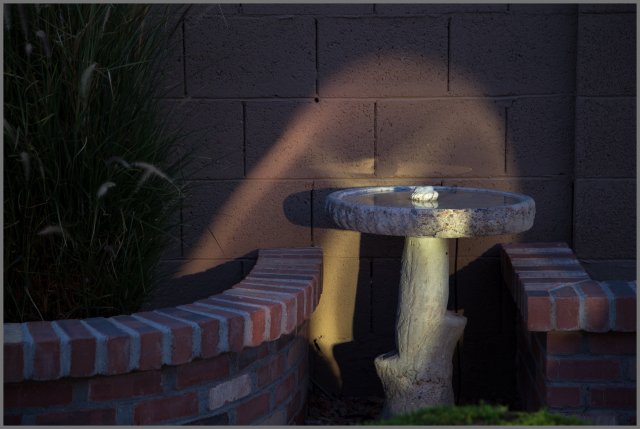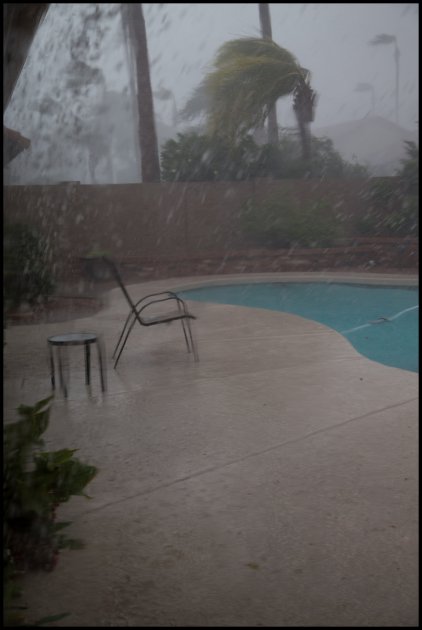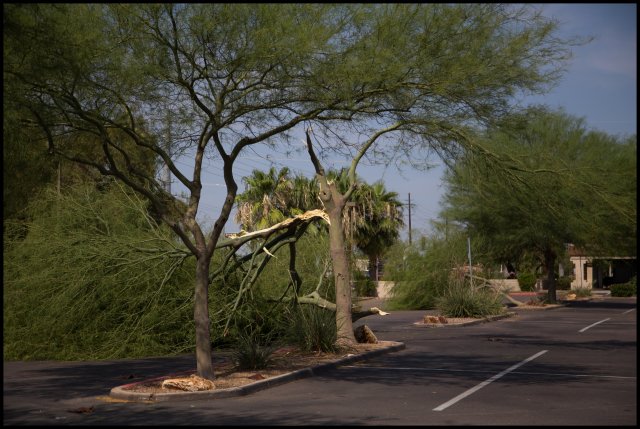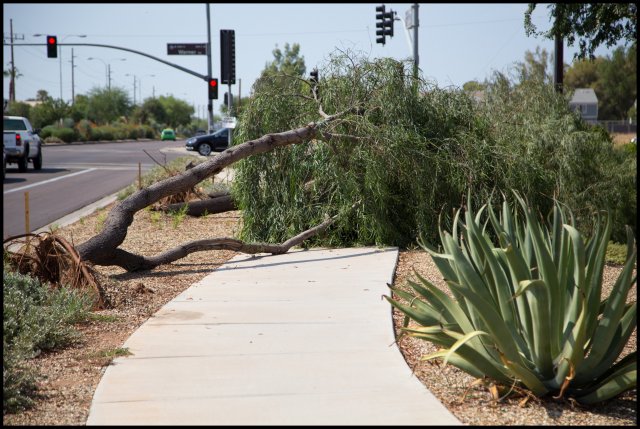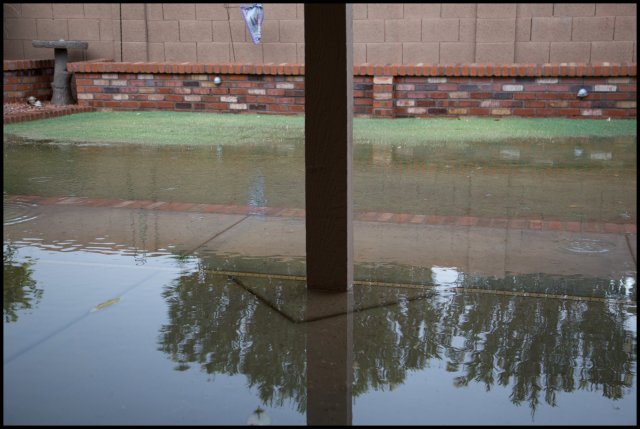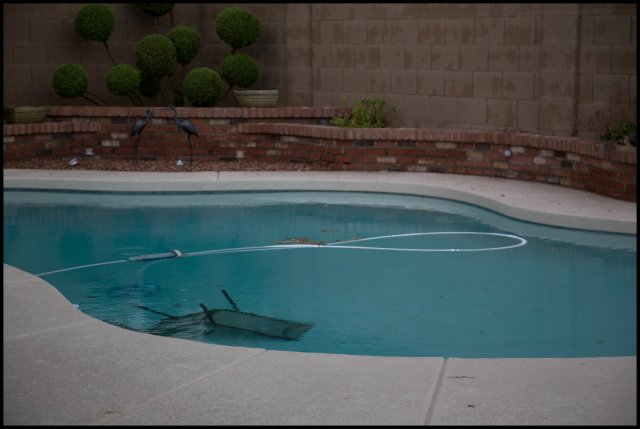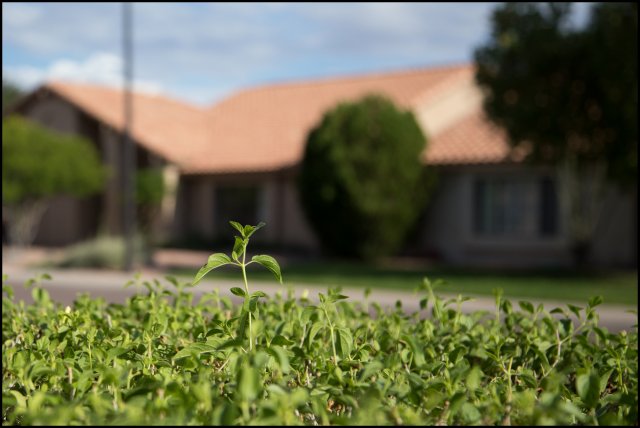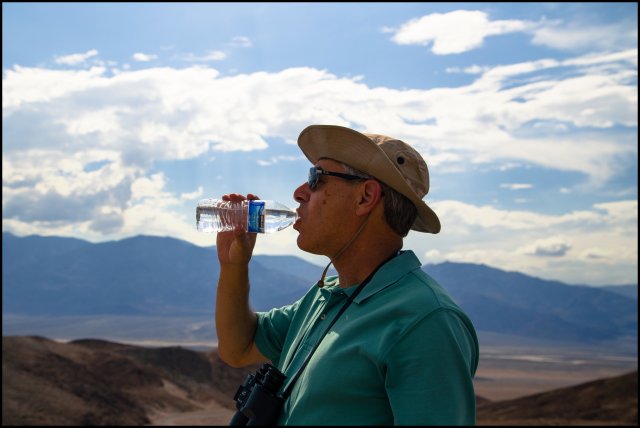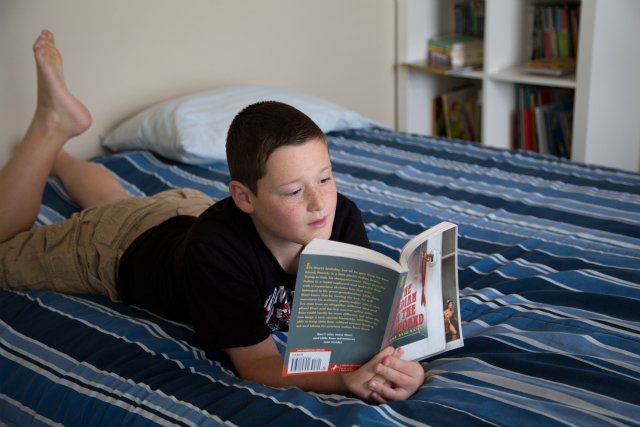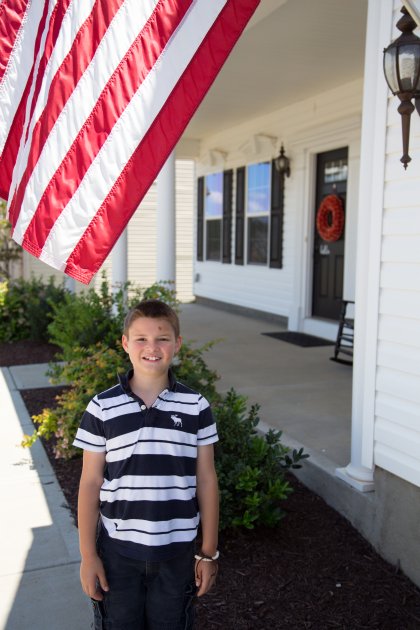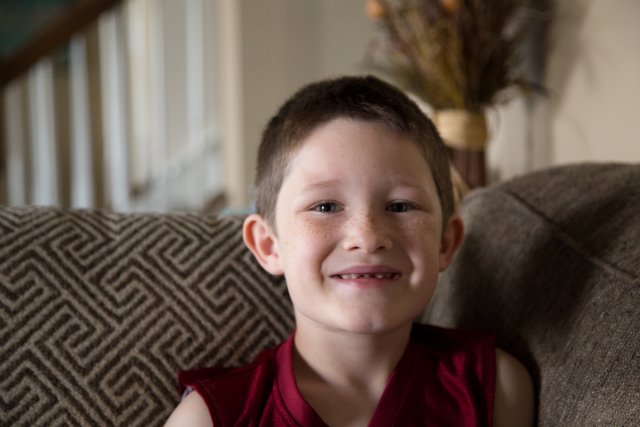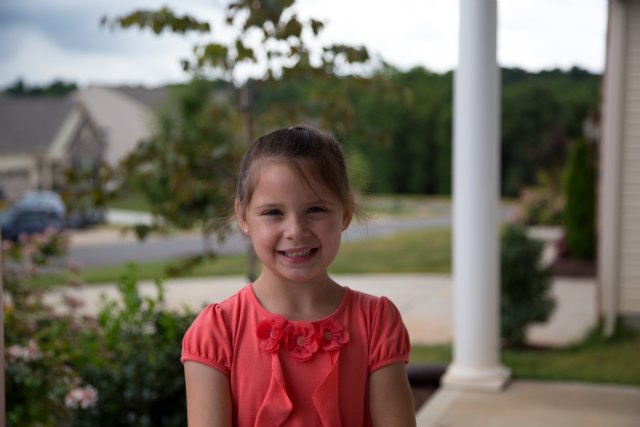My mother-in-law, whom we affectionately called Nona, often reminded me to appreciate each age and stage of parenting our children. For example, I would complain about spending all day in my car driving 75 miles to take our darlin's to school and back, to activities, etc. and never travel farther than ten miles from our house. She would laugh and tell me that one day I would miss that. I'm pretty sure there was some eye rolling on my part after that.
Seriously? I would miss stuff like that? What about changing clothes several times a day because the baby spit up - or worse- on me? Would I miss that, too? How about finding out at 9:00 at night that my sweet darlin' had volunteered to bring 5 pieces of poster board to school the next day? Or going on a road trip and answering the question, "Are we there yet?" a bajillion times? I was absolutely certain Nona was mistaken; no one could possibly miss stuff like that.
Fast forward a couple of decades. My sweet darlin's now have sweethearts of their own. And I have learned that Nona did, indeed, know what she was talking about.
In no particular order, here are seven things I never, ever thought I'd miss.
1. Photo-bombing (although back in the day it was just called "getting in the way")
I am almost certain I "talked sternly" to my sweet darlin's for jumping up into my picture while I was trying to take a landscape photo. However, I realized I really do miss the silliness and spontaneity of this prank when one of my sweethearts did it last week.
2. Hearing and responding to "Watch this!!!" fifty times a day
Our parenting style was to be engaged and interact with our sweet darlin's when we reasonably could so we heard "Watch this!!" a lot. I remember one summer when they both wanted me to watch them dive in the pool and pick up rings off the bottom EVERY SINGLE TIME THEY DID IT all summer long. It's difficult to be enthusiastic and excited the five hundredth time you've watched it! But I've learned that their wanting me to watch them is really their way of sharing themselves with me. Yes, it's attention-getting but they're sharing something they like to do or something they learned. And I do miss it. Fortunately, the sweethearts have a never-ending supply of things to "share!"
3. The disorder of the tupperware cupboard
Our sweet darlin's quickly learned that they were to leave cupboard doors alone (and closed)... except for the Tupperware cupboard. That one they could open, take all the containers and lids out and play with them (and as they were older, put them away) to their heart's content. Consequently, that cupboard was usually a disorganized, chaotic mess. While I loved watching their delight while they played with "my toys," I also longed for the day when my cupboard would be neat and tidy and finding the right container and lid wouldn't take half an hour. Imagine my surprise when they were older and I actually missed the mess inside the cupboard! I am delighted to have some little sweethearts that like to play in the cupboard.
4. Chalk art on the driveway or patio
While doing chalk art is fun and I always loved seeing what they would make, the mess it creates is not so fun. The chalk dust gets all over hands, legs, feet and clothes to then be tracked into the house. Once our sweet darlin's outgrew chalk art I was certain I would never miss it - but I did. Seeing their drawings or, as they got older, messages spread across the driveway as I came home always made me smile. So now I always have a bucket or two of chalk for the sweethearts to draw with - the "mess" is easily cleaned up!
5. Drool and fingerprints on the glass on the back door
I could never understand why both my mother and Nona never seemed to mind if our sweet darlin's put their hands all over a window or a mirror. Who were these women? They couldn't be the same mothers my husband and I had - because we got scolded at for doing that! And we "discouraged" our sweet darlin's from slobbering and putting handprints on glass doors and windows. It seemed like I was forever cleaning them - and couldn't wait until everyone was old enough to not do that. And once they were, I learned what my mother and Nona already knew - that the fingerprints and the drool is a reminder of how little they are and how fast they grow up. And I missed it! Now, when my sweethearts (or someone else's sweethearts) come to visit, I encourage them to fingerprint away and I don't wash it off for weeks or sometimes months!
6. Little feet peeking under the stall door in a public bathroom
When our kids reached an age where they were old enough to go in a public restroom stall by themselves but not quite old enough to be in the public restroom alone, I would use the stall next to them so I could see their feet. If they finished before me, they would plant their feet outside my stall door so I could still see their feet. I was 100% certain I would NOT miss that when the kids got older, mostly because they liked to peek through the cracks in the door to watch me. But, alas, I was wrong again and not only enjoy it but even laugh when I see my sweetheart's shoes peeking under the stall door.
7. Toys scattered all over the floor
Okay, absolutely no one would miss tripping over toys on the floor. And, honestly, I don't miss the tripping - but I do miss seeing toys spread out all over. We have a basket of toys in our family room for young children to play with when they come to visit. Their parents always remind the child to "pick up your mess" but I really wish they would leave it, at least for awhile.
Although Joni Mitchell's song, Big Yellow Taxi, is making an environmental statement, the sentiment in the refrain - "don't it always seem to go that you don't know what you've got 'til it's gone..." - rings true for me.

